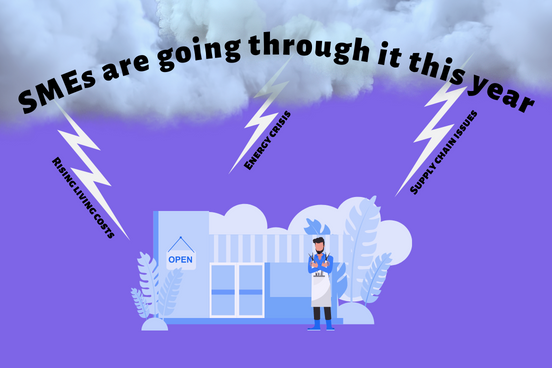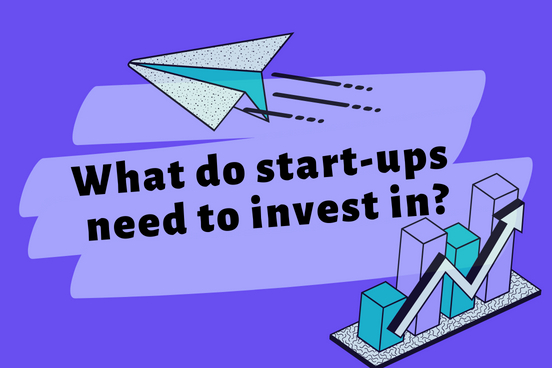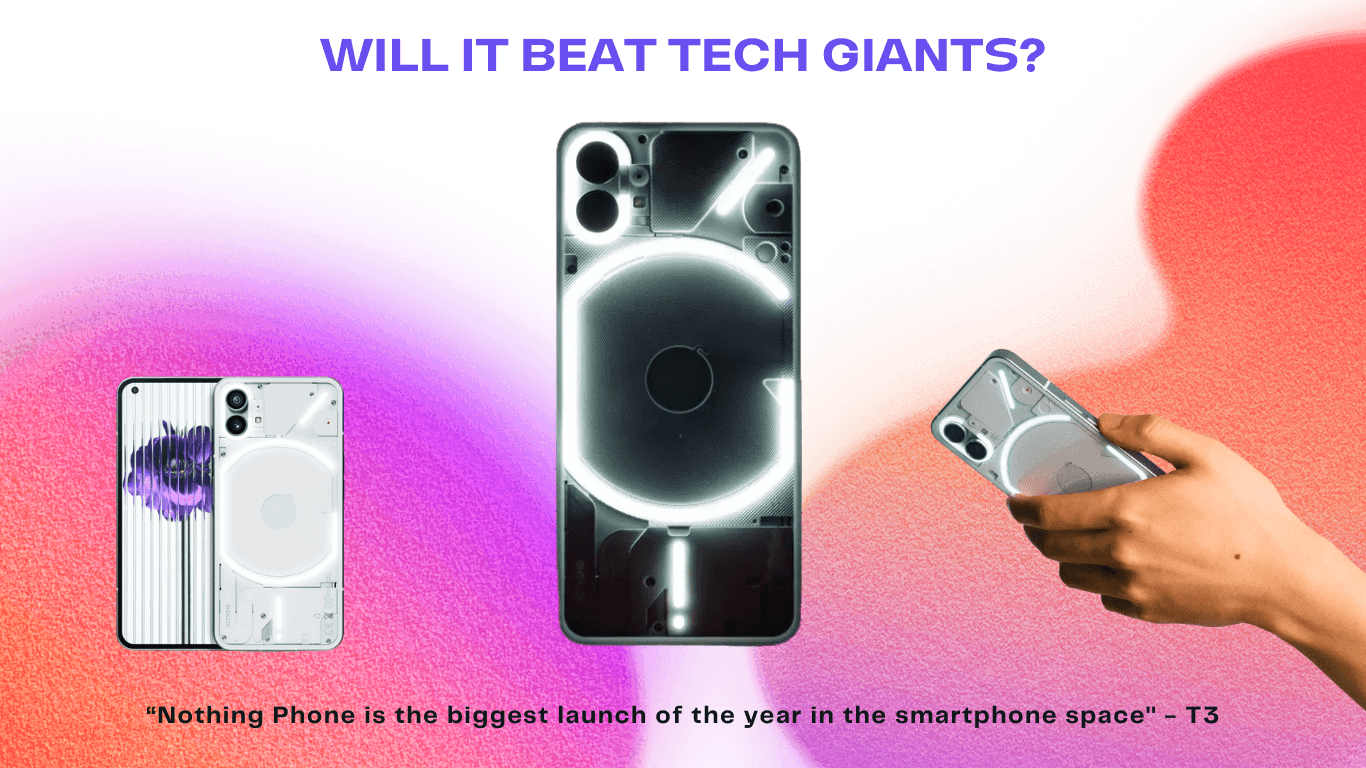5 Emerging tech trends for 2023
| By Laura Castelli | 0 Comments

The tech industry grows exponentially every year and 2022 was no different. This year we’ve seen exciting tech trends like cloud computing and decision intelligence grow.
So as the year draws to a close, we thought it’d be interesting to take a look at some of the emerging tech trends for 2023.
1. Industry Cloud Platforms
Cloud computing has definitely boomed with the huge emergence of SaaS and is set to continue developing as the demand for cloud computing increases.
They are essentially an all inclusive platform with various cloud applications that users within a business are able to adapt to specific industry needs [1]. While cloud applications usually provide a few business solutions, an industry cloud platform encompasses all cloud applications that are useful to a business.
This emerging trend is beneficial for businesses as the adaptable nature of the cloud platform accelerates the adoption of cloud technology. While 94% of enterprises already use cloud computing [2], implementing their use is still slow. This is due to various reasons including: too much choice/information to sift through when deciding between offerings, large variations in price points and hard to use applications.
That’s why at Devyce, we’ve made our solution super simple for you! We provide the hybrid business phone system for the future of work so you can have two numbers on your phone – all on one handy app. Signing up only takes seconds! Don’t believe us? See for yourself over on Devyce 😏
2. Super apps
Much like industry cloud platforms, super apps are “like Swiss army knives with many tools that serve a purpose” [3]. These are apps with multiple “mini apps” within that can be added or removed per the user’s needs.
Super apps are developing to encompass commonly used app services such as messaging and financing apps all in one place, allowing individual users to tailor their user experience. They will also have applications in business as the technology develops to include enterprise mobile and desktop experiences [3].
The technology is still fairly new but is expected to grow in 2023 so we are excited to see where it will take us and businesses!
3. Adaptive AI
Traditional AI technologies have been widely applied to industries to automate decision making by utilising advanced analysis and logic based techniques [4]. However traditional AI systems need to be programmed to update their processes when there are new insights and developments to its application. Adaptive AI eliminates this as it absorbs learning as it’s being built [4].
The pandemic had highlighted to many that flexibility and fast adaptability are crucial to businesses. Adaptive AI technology aims to provide this flexibility to companies as it is constantly learning and updating their models therefore making companies more resilient to unexpected changes in industry.
Implementation of adaptive AI technologies is set to increase in 2023 as the technology develops and will greatly improve responses to real world changes as well as broaden decision making processes.
4. Wireless Value Realisation
This trend is all about integration of various wireless technologies to create a more reliable and cost efficient tech foundation for businesses [5]. Gartner expects that by 2025, 50% of enterprises will be using networking services that provide value further than communications [6].
The development of 5G is transforming how technologies work together to solve problems and improve existing models as it increases speed of connectivity and access to data in real time. As we continue into 2023, it’s expected that the use of wireless technology will go beyond connectivity and offer wider innovative value.
5. Sustainability
Green technology has risen to the top of priority lists for many enterprises and many look to develop more sustainable tech frameworks within the business [6]. Consumers are becoming increasingly interested in a company’s environmental and social governance as it becomes a leading factor in consumer decision making. This is pushing companies to revise their energy and material efficiency of IT services.
Businesses have been using technologies such as AI, automation, advanced analytics and cloud services to reduce their environmental impact as well as provide consumers with the tools to track their efforts towards their sustainability goals. This trend will continue to grow and by 2025, Gartner predicts that 50% of CIOs will have performance metrics tied to their IT sustainability within the organisation [6].
If you’re looking for ways to improve your company’s sustainability efforts, have you considered the impact of what having a work phone does for your carbon emissions?
Devyce can help you to reduce your carbon footprint from phones by providing you two phone numbers on your personal phone so you can eliminate the work phone! Find out more about how Devyce works here.
So that rounds up some of the emerging trends in the tech industry for the coming year! Are you as excited as we are for the growth and development of these trends? Head over to our socials to share your thoughts!
Reference articles:
[1] https://www.gartner.com/en/articles/what-are-industry-cloud-platforms
[2] https://webtribunal.net/blog/cloud-adoption-statistics/#gref
[3] https://www.gartner.co.uk/en/articles/what-is-a-superapp
[4] https://www.gartner.com/en/topics/artificial-intelligence
[5] https://shapeitrecruitment.co.uk/gartners-top-strategic-tech-trends-for-2023/








